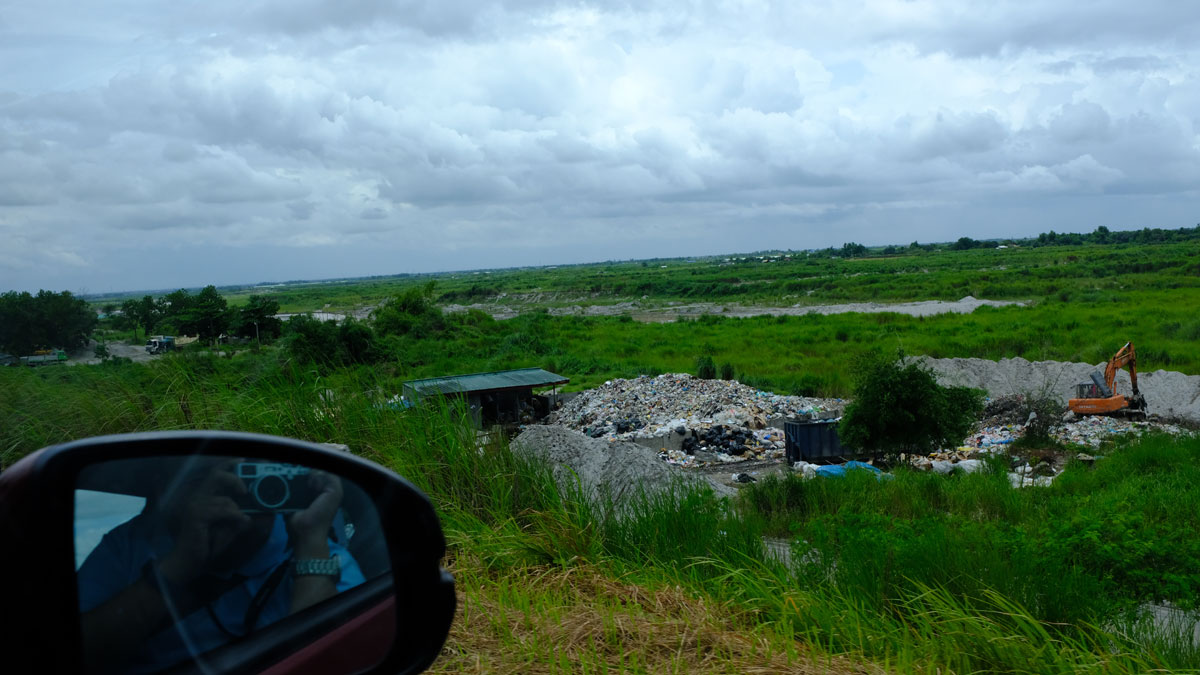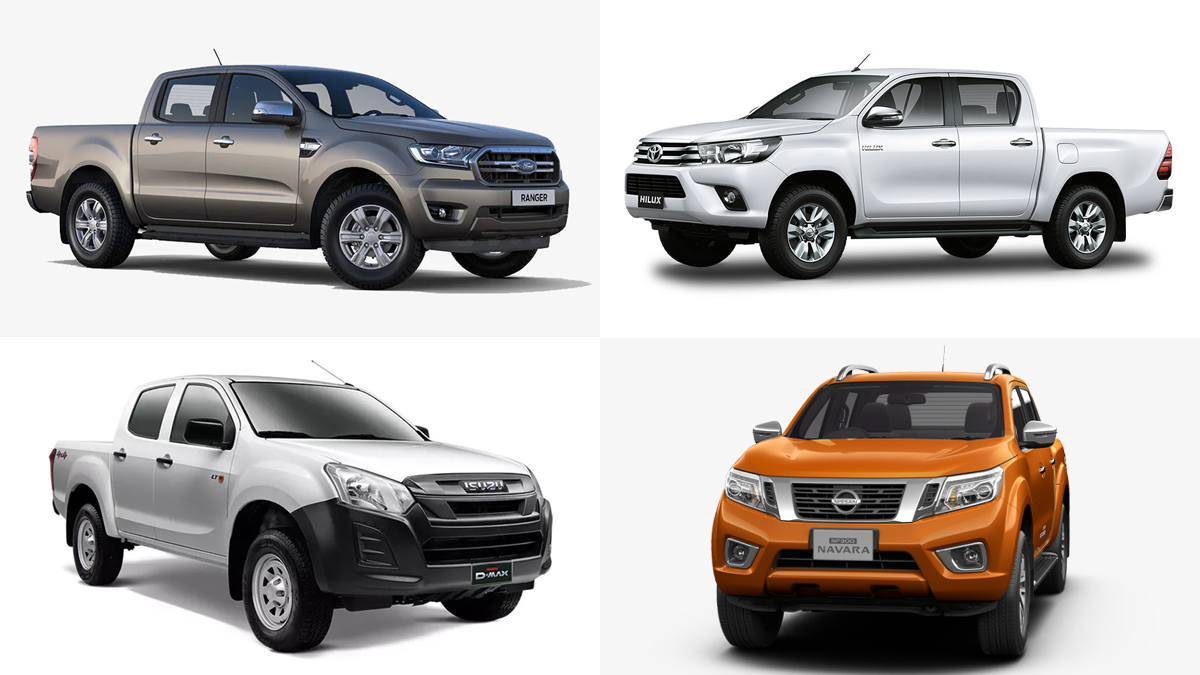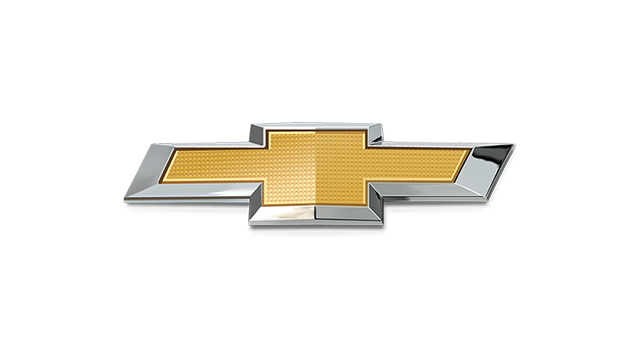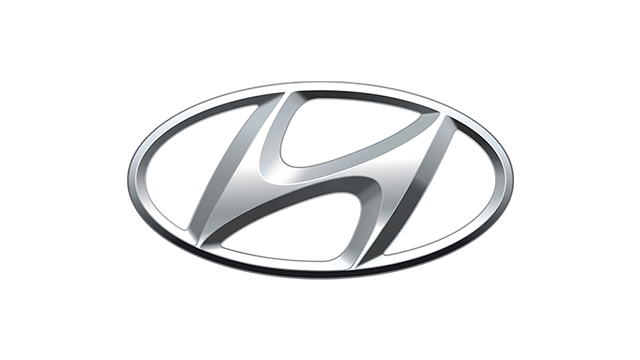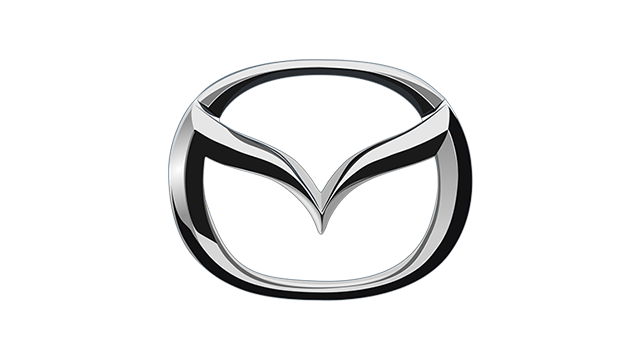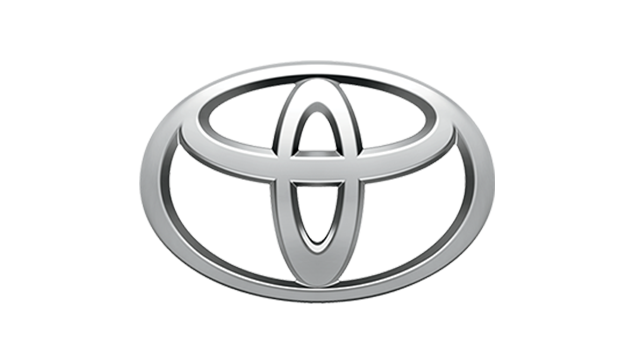As a person who’s lived outside of the metro in the first 23 years of his existence, I consider myself a promdi. People like me—those who only learned to drive around humble streets of small towns—may understand how daunting it was to drive in Metro Manila for the first time. Back then, I found EDSA scarier than my undergraduate thesis. Poor child.
Kidding aside, I’m fortunate enough to have since learned my way around the city. This past month, though, I went beyond my usual quick trips to and around the nation’s capital. I actually had a beater at my disposal, and I drove it between my residence in Manila and the Top Gear PH office in Mandaluyong for several weeks. The experience taught me a lot about city driving—but from a promdi perspective—so I made a list of all the important stuff. Check it out below.
1) Your smartphone is one of the most important tools at your disposal—make sure you’ll be able to use it.
Save some mobile data for either navigation or, in case of emergencies, communication. You should also keep a car charger within reach because a dead phone is just as useless as a broken one.
2) Google Assistant or Siri is your friend.
All modern iPhones and Android phones have a built-in virtual assistant in Siri and the Google Assistant, respectively, but not all modern vehicles are equipped with Android Auto or Apple CarPlay-compatible head units. That being said, you should learn to use your phone’s virtual assistant because it can do wonders for you when you’re at the whip.
Simply having it read text messages out loud is a great help. Surprisingly, the Google Assistant can now even read messages in Filipino, too. Pretty handy, I’d say.
3) Remember all those fuel-saving tips you’ve heard or read about? You need all of them now.
Despite the wealth of fuel stations in the city, chances are you won’t find it easy to reach one if, for whatever reason, you’re running low on fuel—thank the messed-up Metro Manila traffic for that. But another reason I’ve started to drive more efficiently is that fuel prices are way cheaper where I’m from—usually by at least a peso or two. It’ll actually save you a lot of money if one full tank can last the week, and you’ll only have to gas up again outside of the metro. If you’re like me and you drive back to your hometown at the end of the workweek, then heed this advice.
4) Memorizing all the routes—including the bumps on the road—will go a long way.
It’s something that will come to you naturally when you drive the same route every day. But especially if you’re like me and you drive a tiny Ford Fiesta—not a Raptor—around the city, then avoid these cracks and craters by all means. Doing so will give you a free pass on costly and time-consuming repairs.
5) Mark all the flood-prone areas along your route.
Floods are just as inevitable as the heavy traffic in the city when the rain starts to pour. You should know which streets turn into gutter-deep (or even knee-deep) rivers in the event of a storm, especially if your car lacks the ground clearance that most people look for when buying cars these days.
6) Planning trips is crucial.
The time you leave home or the office is very critical—you should know at what points during the day you should or shouldn’t hit the road. Those last 15 minutes you wasted scrolling through your newsfeed could have made the difference between an hour-long drive and a two-hour slug through traffic, you know.
7) Keep a list of emergency contacts.
This doesn’t mean just the family members and friends you can contact in case of emergency. This includes go-to towing services and mechanics, even police stations and hospitals within the vicinity of where you regularly pass through on a daily basis. When s*** happens, you’re gonna need all the help you can get.
8) Find ‘safe spots’ along your daily route.
Whether it’s for a quick nap, a bathroom break, or a food run, you should find safe spots near or along the roads you usually drive by. These identified spots will also prove useful if your car breaks down, because there’s a good chance your emergency contacts won’t arrive in a heartbeat and you’ll have to secure your vehicle first.
9) If you get lost, PUVs can help you find the way.
Generally, it’s hard to lose your way if you’re traversing major roads like EDSA. You might miss a turn or make a wrong one, but you’ll get back on track sooner than you think. However, in the event that you get terribly lost and you have no one to ask for directions—or no mobile apps to help you out—just look for jeepneys or buses that ply familiar routes, and you should be able to regain your bearings.
10) Long drives can stir creative juices.
A lot of us use the time behind the wheel to think. A lot of ideas pop into your head while you’re alone on the open road or stuck in traffic. I came up with the idea to record my ‘notes’ on my phone because I couldn’t write them down.
I’m sure there are a lot of things left to be learned from navigating city roads, but these are all I have for now. If you have any you’d like to share, the comments section is open.
